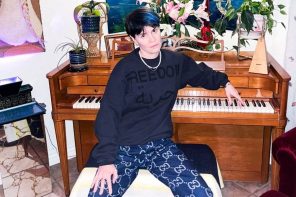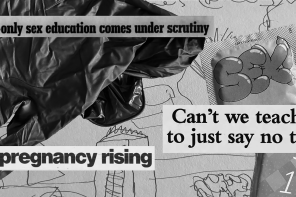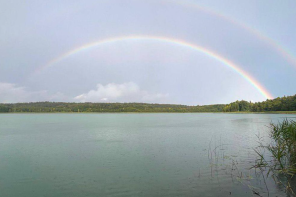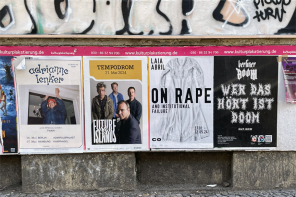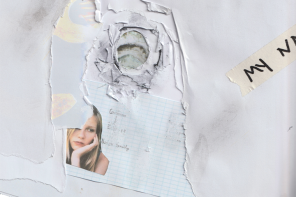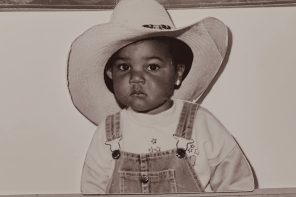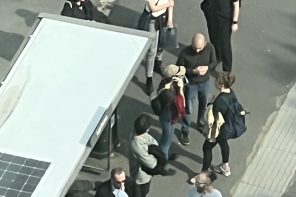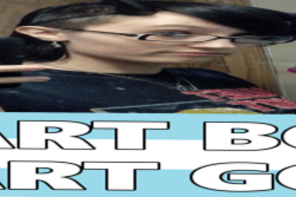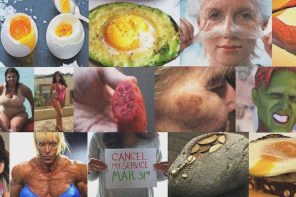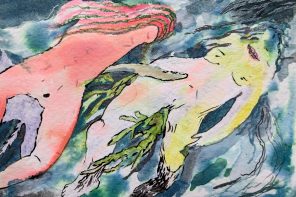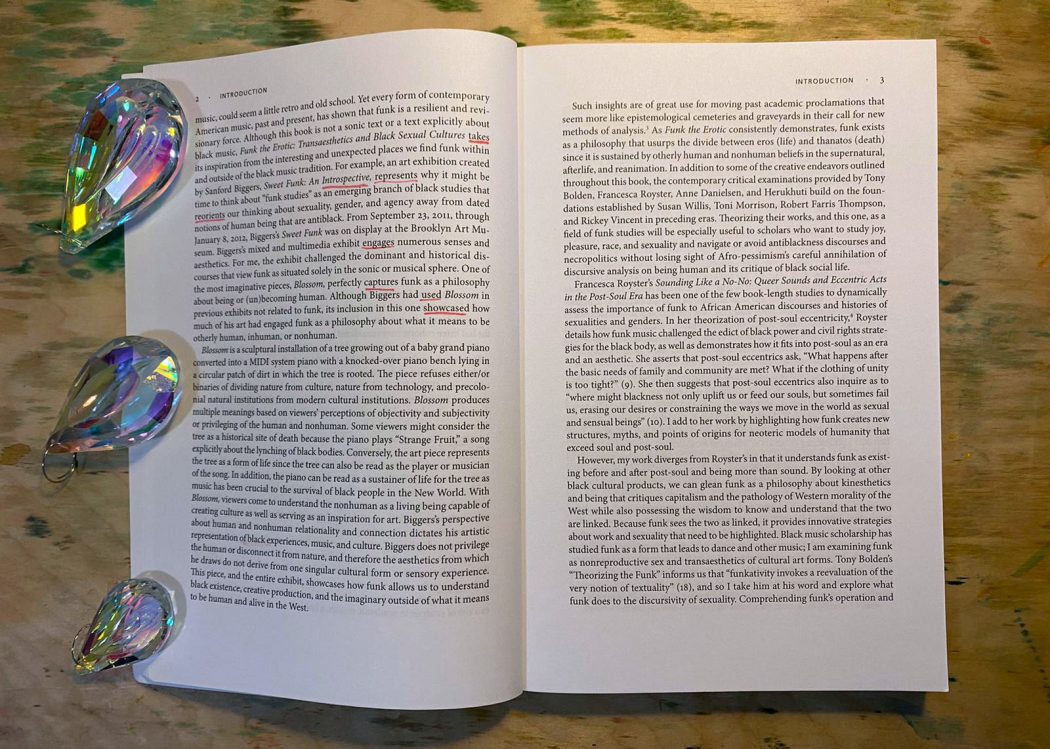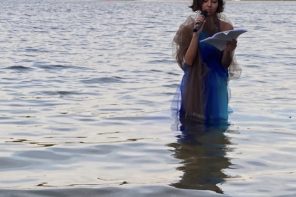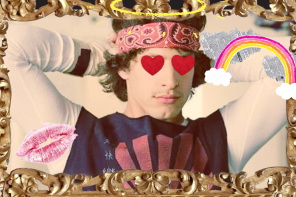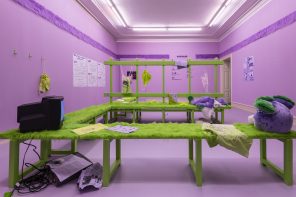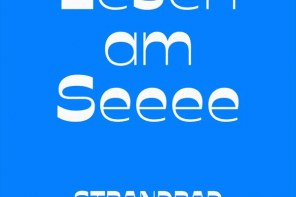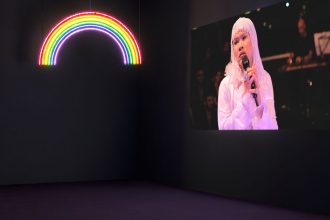Warming up for the Unknown is a warm up Xercise manual to prepare for unknown and indeterminate outcomes. Engaging non-linear process, every warm up proposes a series of steps that don’t share what one is warming up for. These warm-up Xercises for not-knowing propose that holding space for indeterminacy is something that can be prepared for and invented towards. The Xercises are decidedly anti-optimization and pro-failure. In tuning towards other practices, this selection of exercises from the Xercise manual propose ways to “Warm Up for Theory,” “For Tracing Yourself,” and to shape “Warm Up Constellations.” These practices propose that “Warming Up” is about becoming tuned, not about becoming toned.
The collaboration itself was created in a time where the unknown seemed inevitable. COVID-19 brought with it new suggestions on how to collaborate across borders and across disciplines. Engaging bodily practices as a starting point for the collaboration, we began discussing how creating heat is a catalyst for melting physically/ mentally/ reflexively.
Should these Xcersises speak to you and should you try them out, we would be delighted to share your documentation on the project website. Please send your documentation to xercise@meltionary.com.
Xercise: Warming Up for Theory
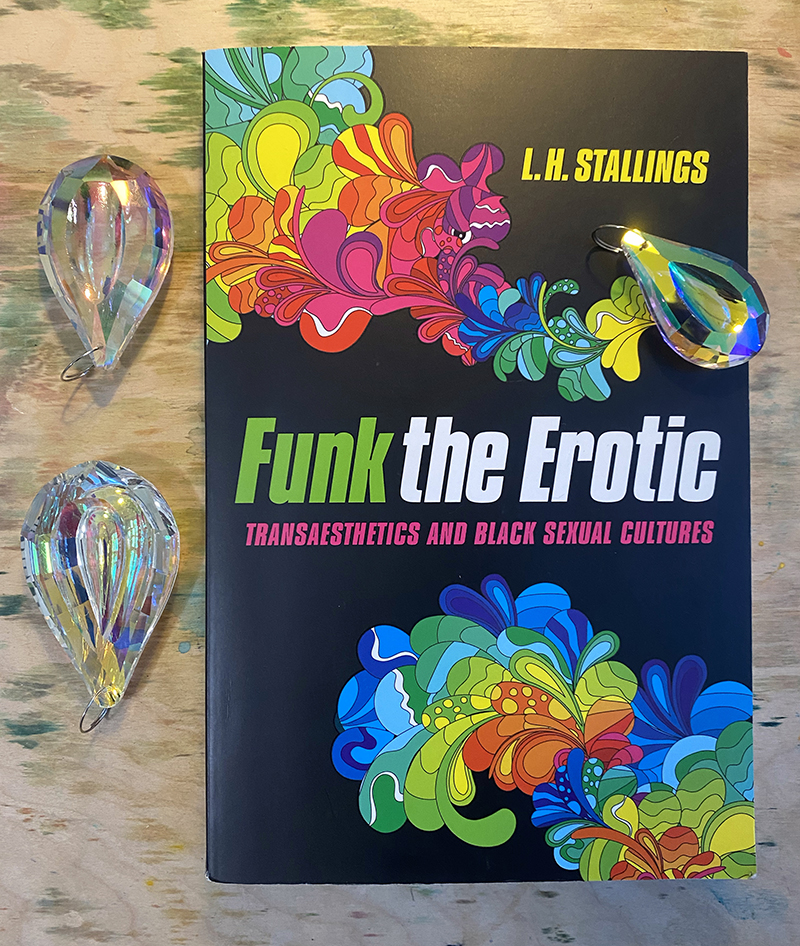
Materials Needed:
a book or PDF
a writing utensil
paper
Warm Up:
1. Choose an intro to a theoretical text, preferably something with lots of verbs.
2. Read the first 2-4 paragraphs. Underline all verbs in present and active form, e. g. “vibrates,“ “resonates,” “shines.”
3. Compose movements out of the verbs.
4. Write the movements down.
5. Exercise: Do your warm up by following the movements you have composed with these verbs.
How to exercise:
1. Get Cozy.
2. Follow the instructions, follow your interests, take as much time as you need, and enjoy.
This exercise was initially performed by David Scarantino, Loren Britton, Isabel Paehr. We used the texts Friction: An Ethography of Global Connection by Anna Lowenhaupt Tsing and Funk the Erotic, Transaesthetics and Black Sexual Cultures by L. H. Stallings.
Questions:
What kinds of movements do theoretical texts suggest or not?
What ways of learning/teaching theory are being proposed?
What can we learn from taking words literally?
How do theory and embodiment relate?
Example 01: Friction, Introduction
Working with Anna Tsings’ text led to the following exercises:
Imagine yourself as a tree. Firm with your roots in the ground. Notice your breath and transform your inhale and exhale into the wind that begins to move you.
Xercise: Warm Up Constellations
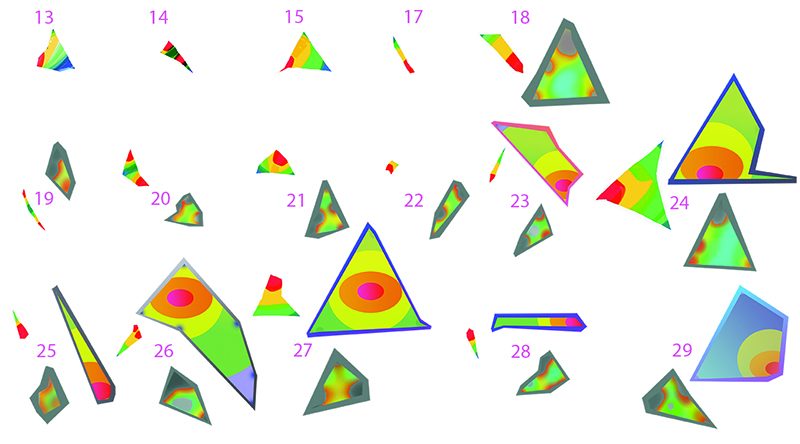
Materials Needed:
a writing utensil
paper
you can also use a digital drawing tool
Warm Up:
You can do this exercise on your own or with a group. Compare or track emotions in relation to specific events, experiences, or moods over time. By using the aesthetics of a heat map, we produce constellations of our emotions.
How to exercise:
1. Decide upon what experience you would like to track your emotional responses around. This could be: Reading the news, calling your mom, exercising, having dinner, waking up, a workshop, or a class.
2. Write questions about your feelings in relation to the experience. For example: How stressed are you? What is your body temperature? How connected to other people do you feel?
3. Compose a spectrum of possible emotional responses for each question. These are your parameters for tracking your emotional responses. For example, the question “How stressed are you?” could be answered with the following parameters: Stressed, Relaxed, Attentive; or: Hot, Warm, Luke-Warm, Cold, Freezing.
4. Draw a shape that has as many convergences as your highest number of parameters, for example “Stressed, Relaxed, Attentive” becomes a triangle. Write your parameters on the corners.
5. Plot your emotional responses as dots into the shape, by plotting a dot in relation to the parameters you have chosen. Plot all of your emotions into the same shape before moving on to the next step.
6. Now you will make your constellation heat map. If you see clusters of dots, paint these red. Depending on the distance from the original cluster or clusters of dots, use red – yellow – green – blue as on a heat map.
7. Connect the dots from your plotted emotions. This creates a new shape. Erase everything outside of your new shape.
8. Create some space to reflect on how this shape fits your emotions or not. If in a group you could share your shapes.
Questions:
How comparable are our experiences of the same time or experience?
How many common parameters do we need to find similarity?
How do feelings become spatial in relation to other people?
What kind of visual registers does a heat map open?
How much control do you have about your emotions or body heat?
How much does your emotional register affect how you experience any event or routine?
What are the politics of heat maps?
What is heat?
How does the metaphor of the constellation create the possibility to understand feelings as spatial, embodied shapes?
What does it mean to move towards vagueness?
What are the traces of our thermal (or emotional) shadows?
If you tracked your emotions over a longer period of time again and again, what patterns or surprises might you expect?
Xercise: Tracing Yourself
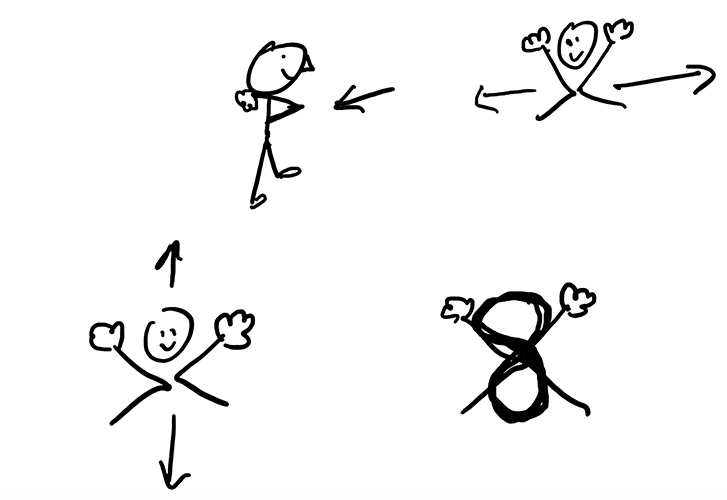
Materials Needed:
Two body length pieces of string
Scissors
Warm Up:
This is a shape-shifting ‘x’ercise. We make a string ‘x’ and shift it around, moving both our bodies and the ‘x.’
How to exercise:
1. Find a GOOD disco track.
2. Put on repeat and press play.
3. Connect your left pinky toe and your right pinky finger, and your right pinky toe and your left pinky finger with string in an ‘x’ across your body.
4. Begin to wiggle your toes and your pinkies, thus wiggling your ‘x.’
5. Trace the left pinky to the right foot, the right pinky to the left foot. Then left pinky to right knee, right pinky to left knee. Continue this pattern through the hips, rib cage, arms, throat, head.
6. Take your ‘x’ for a walk around your body. Explore what ‘x’s can be made with your string and your limbs. Make yourself smaller or bigger to fit the ‘x’ or to shift it. xtremeeee!
7. ‘x’tra ‘x’treme ‘x’ctions include making ‘x’ sounds while walking your ‘x’ around.
8. Disconnect your ‘x’ from your body. Turn the disco off.
Questions:
Where does the ‘x’ limit you, where do you make yourself smaller, where do you shift the ‘x’?
What parts of your body did you get in touch with?
What shapes are you used to drawing with your body, and how are they different or similar to the ‘x’?
Was there freedom in the constraint?
What would this be like if you had to explain it to someone without words?
By Melt (Isabel Paehr + Loren Britton) with David Scarantino
MELT (Loren Britton & Isabel Paehr) are arts-design researchers who work together on games, technology and critical pedagogy. Investigating the political & material conditions of tech infrastructures, they re-distribute agency in socio-technological systems with the methods of queer play, unlearning and leaking. Their work crumbles structures, unbounds materials, dissolves technology and makes collectivities. Starting from mess-making as a practice that is differently perceived depending on who is making the mess, and to question imaginaries of digital surfaces as supposedly clean, MELT is turning their attention towards practices such as reflowing:which describes the last possible effort to ‘fix’ a mainboard of a computer through putting it in the oven.
MELT turns up the heat, and reads Denise Ferreira da Silva to understand how heat links climate change to colonialism, and from there they un-discipline knowledges from techno*feminism, computation and chemistry. Currently MELT is processing materials, movements and language through humor and more or less stable artefacts of their ongoing research. MELT is exploring the limits of classification, stability and of practicing (re)flow(ing). Through conversations with linguists, dancers, chemists and black feminism MELT has been engaging undisciplined research through play and fuzzy outlines. MELT is exploring how to make something but to keep it open to change, and is doing this through formats like melting studies, video artworks and workshops. MELT has been influenced by (melting) Ice, Freezers, Software, Signal, moving too fast/ slow, Wendy Hui Kyong Chun, Denise Ferreira Da Silva, Digital Materialism, Post/De Colonial thinking, Gifs, Climate Protests, critiquing Whiteness and Dancing.
David Scarantino graduated with a BFA in performance and choreography from Purchase College, State University of New York in 2011. He began his MA studies in Dance pedagogy at the University of the Arts Helsinki in 2018. He has been a member of the Brian Brooks Moving Company, and performed in works by Paul Taylor, Diane McIntyre, Shannon Gillen and Pam Tanowitz and others. Scarantino began his involvement with Tero Saarinen Company in 2013. Scarantino is a dancer for the company as well as teaches TERO technique regularly, in Finland and abroad. He is inspired to find new ways to approach embodiment by allowing ideas of unlearning to transform what we can imagine our bodies to be.
